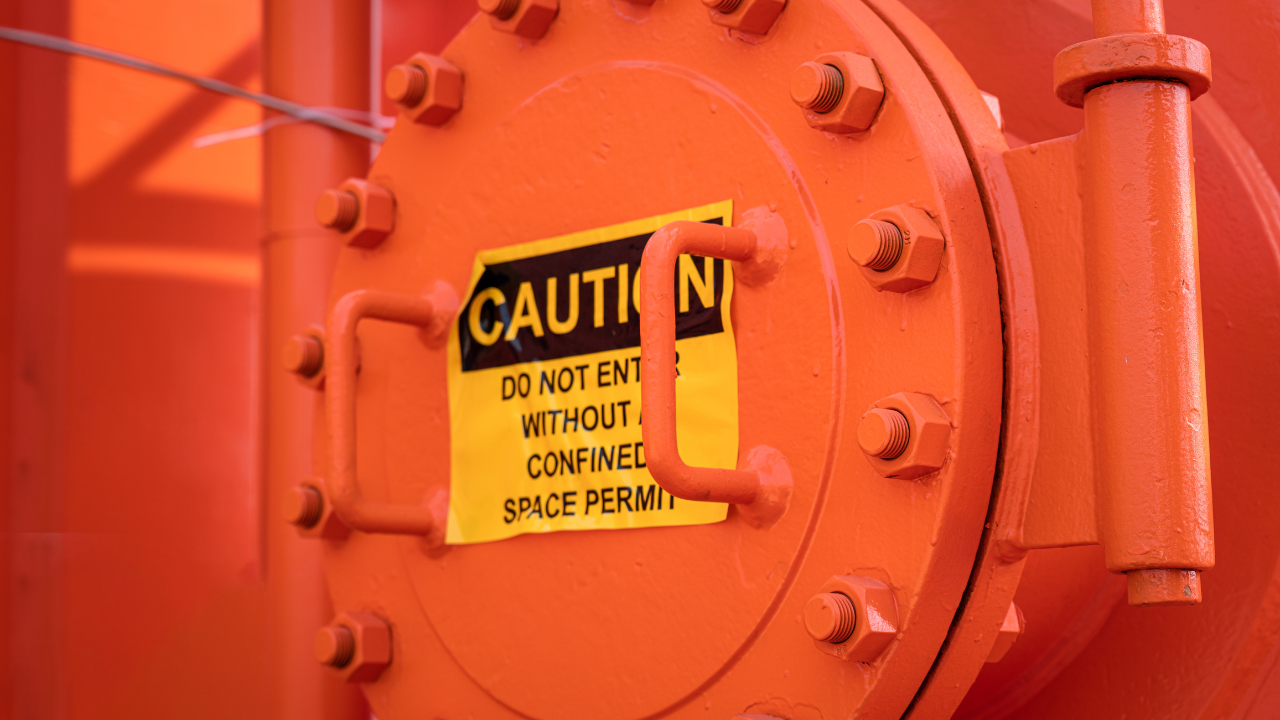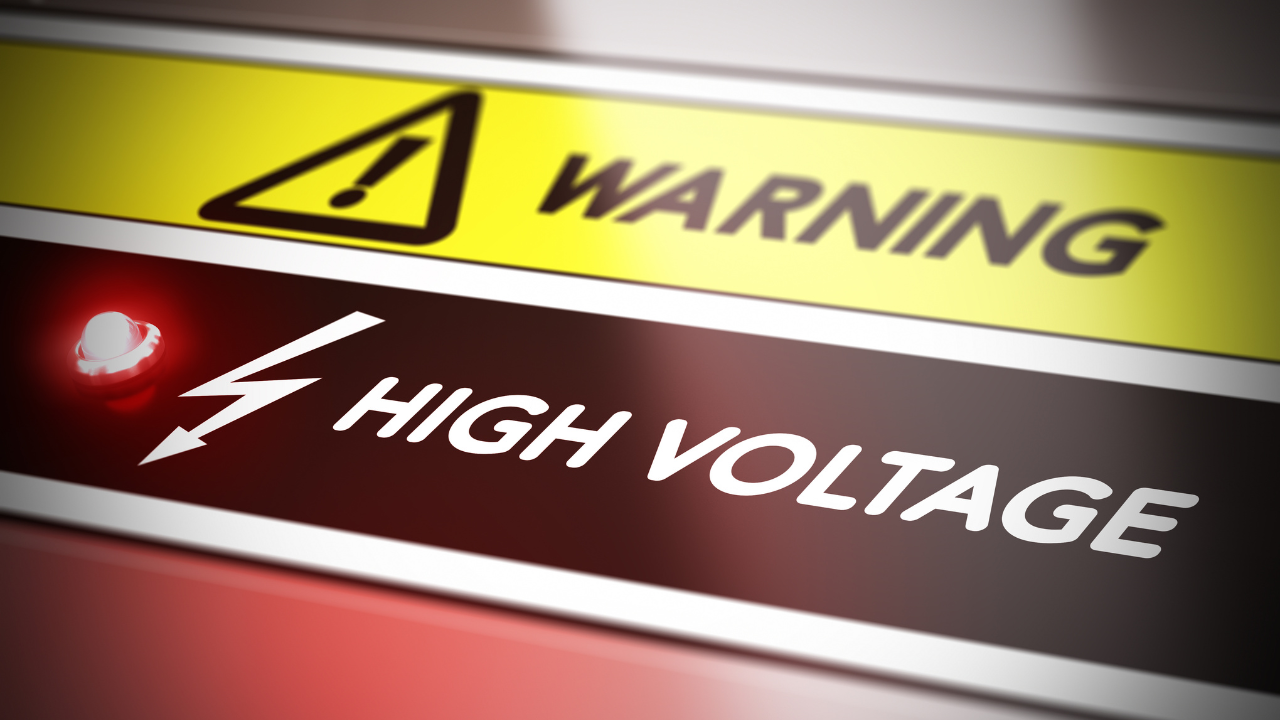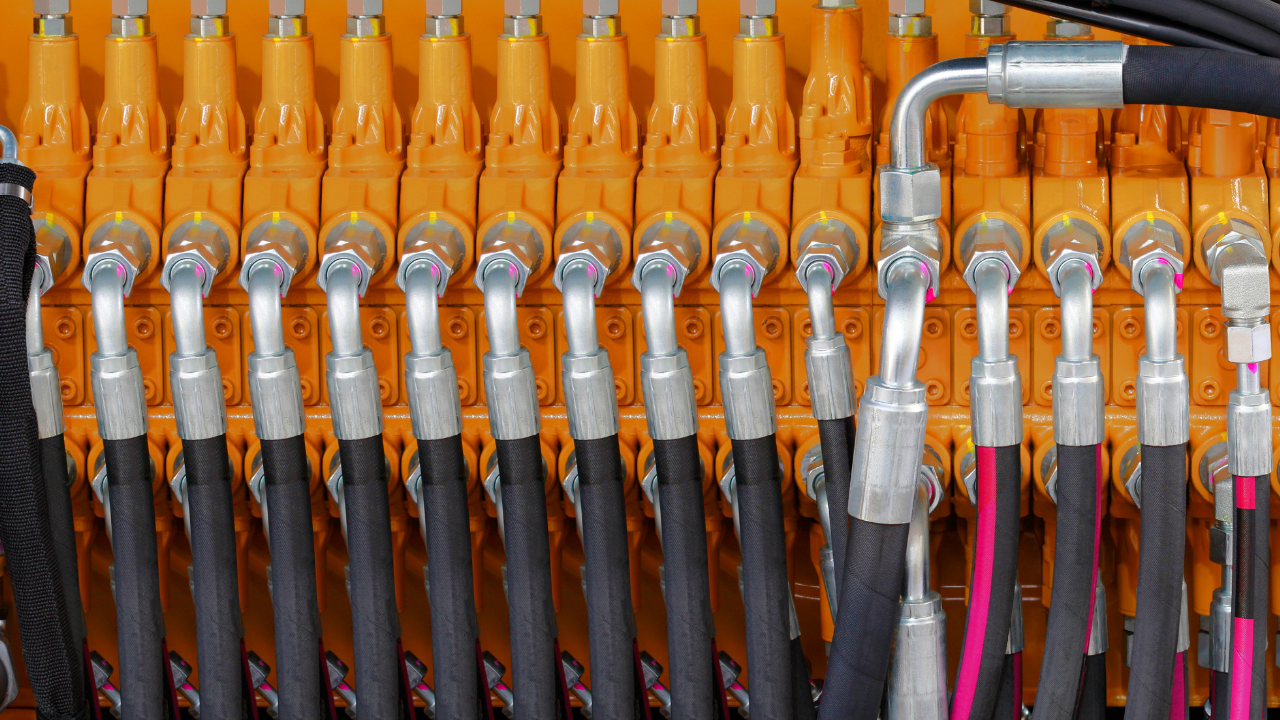The Safety Catalyst: Handling Stubborn Safety Problems
Robert Pater
Try, try, try again to solve safety problems, but don’t confuse persistence with obstinacy.
Will Rogers contended, “The secret of success is simple. If you’re in a hole, quit digging.” This seems like common sense, but I’ve seen many leaders who, when frustrated, resort to pulling out a shovel – either handtool or bulldozer – and then redoubling their digging efforts. These are otherwise intelligent people in a wide range of professions, but they continue to expend precious resources and risk losing credibility by this try-harder-the-same-way excavating.
We as safety professionals aren’t exempt. Have you seen this: Workers don’t change their actions? Tell them again (with a why-didn’t-you-listen undertone). Policies and procedures not followed? Write additional (and more detailed) rules. Training didn’t change their behavior? Put them through the same training again and again (until they “get it”).
It seems that when their people don’t act in hoped-for manners, many leaders default toward becoming more rigid, forceful, negative and blaming. Ironically, these are the polar opposite responses of the strongest leaders I’ve encountered. When things don’t go their way, master leaders are relaxed and vigilant. If their first action doesn’t get the job done, then they flexibly shift to a different tack.
No question that persistence and determination are important factors in succeeding. While highly adept leaders each have a core set of values to which they stay true, they don’t woodenly clutch onto fixed strategies in a changing world. Especially when their initial plans are shown to have limited results. Another Will Rogers saying applies here, “Plans get you into things but you got to work your way out.”
Trying Different
For those wishing to elevate the efficiency of their leadership skills, I suggest a thought process of trying different rather than trying harder.
How might we apply this to organizational safety problems? Let’s use hand injuries as an example of a common and difficult problem that seems to plague many companies. And no wonder. Think of the number of times (multiple thousands for many) a worker might move her fingers and hands during a typical day. Each such movement presents the potential to suffer a laceration, pinch, strain, bruise, abrasion, dislocation or more.
The traditional approaches to preventing these injuries tilts heavily to the external side of control, focusing on lessening outside-the-employee risk exposures to protect the hands: Machine guarding and lockout/tagout, workstation redesign, gloves, special cut-prevention knives and automating hand-intensive work. These each have advantages and assuredly work in many cases, to a certain level.
But if some is good, more may not be better. For example, employees have expressed to us their concerns that machine guards have actually created pinch, cut, grip, bruise and strain hazards. Guards are strong weapons in the safety arsenal. But despite these and other interventions, hand injuries still persist.
Perhaps it is time to stop digging in the same hole and to try a different approach. One that is internal, focusing on our (and our employees’) perspective on hand injuries.
Attention and Hand Safety
For example, you can begin thinking differently about preventing hand injuries by seeing there are contributors to problems that go beyond just the hands. To this end, my colleague Ron Bowles demonstrates that the brain is the command center of attention and hand safety.
The way the brain recognizes and processes information directly affects hand safety. Such an internal approach might include helping workers identify unknowingly accepted risks that can lead to hand injuries. For example, most people – especially right-handers who comprise approximately 90 percent of the population – infrequently use their offhand and have little idea where it is while performing many tasks. This can lead to injuries stemming from workers resting their offhands in places they shouldn’t. By the way, these and other methods for directing attention have to go way beyond just exhorting people to “Pay attention!”
Think of the arms and hands as extenders for manipulating objects (machining, assembling, cutting, carrying); their position and alignment can either enhance or decrease their safety problems.
The torso is a fulcrum from which originate arm and hand actions, leverage and control. The feet and legs are the base, which provides support for all work done by the hands; foot placement and overall balance are critical to arm strength and hand safety.
Once you help workers learn to better adjust to specific tasks, it is possible to make breakthroughs in hand safety that go beyond providing “more of the same” external controls.
The strongest safety leaders believe there are potential solutions to even the most challenging problems. And, rather than doing more of the same, they break out of the mold to try different approaches in their quest for attaining highest-level safety performance.
Robert Pater is the founder and managing director of MoveSmart.
Related Articles
On the job accidents and injuries are most often a result of negligence and unsafe working conditions. In an effort to protect workers, the Occupational Safety and Health Administration (OSHA), created standards 1910.132 and 1910.133, to address requirements for providing Personal Protective Equipment (PPE) and eye protection in the workplace. However, most employers find it hard to sort through the standards to get to the heart of what they really mean in everyday life.
On the job accidents and injuries are most often a result of negligence and unsafe working conditions. In an effort to protect workers, the Occupational Safety and Health Administration (OSHA), created standards 1910.132 and 1910.133, to address requirements for providing Personal Protective Equipment (PPE) and eye protection in the workplace. However, most employers find it hard to sort through the standards to get to the heart of what they really mean in everyday life.
See More
Significant engineering and test efforts
have been undertaken in the last few years into the area of arc flash/blast hazards in electrical equipment. The result has been a better understanding of arcing faults and how to prevent and/or minimize the hazards to personnel and equipment. This paper highlights some of the findings that may help in safety management and equipment selection. This paper concludes with some design considerations that will help reduce the hazards of arcing faults.
Significant engineering and test efforts
have been undertaken in the last few years into the area of arc flash/blast hazards in electrical equipment. The result has been a better understanding of arcing faults and how to prevent and/or minimize the hazards to personnel and equipment. This paper highlights some of the findings that may help in safety management and equipment selection. This paper concludes with some design considerations that will help reduce the hazards of arcing faults.
See More
A confined space is defined as a workspace that is fully or partially enclosed, is not designed or intended for continuous human occupancy and has limited or restricted access, exiting or an internal configuration that can complicate provisions of first aid, evacuation, rescue or other emergency response services. Confined spaces can be found in almost all industries in Canada, which include tunnels, mines, grain silos, hydro vaults, shipping compartments, pump stations, boilers, chemical tanks and more. Every confined space is considered to be hazardous unless deemed not so by a competent person through a hazard identification and risk assessment.
A confined space is defined as a workspace that is fully or partially enclosed, is not designed or intended for continuous human occupancy and has limited or restricted access, exiting or an internal configuration that can complicate provisions of first aid, evacuation, rescue or other emergency response services. Confined spaces can be found in almost all industries in Canada, which include tunnels, mines, grain silos, hydro vaults, shipping compartments, pump stations, boilers, chemical tanks and more. Every confined space is considered to be hazardous unless deemed not so by a competent person through a hazard identification and risk assessment.
See More
One of the hot topics in electrical and mechanical training classes is the National Fire Protection Association (NFPA) 70E. Students question what 70E is and how it relates to the National Electrical Code (NEC), if 70E is a new regulation and if not why are they just now hearing about it, and if companies are required to comply with 70E. This article will take some of the mystery out of 70E.
One of the hot topics in electrical and mechanical training classes is the National Fire Protection Association (NFPA) 70E. Students question what 70E is and how it relates to the National Electrical Code (NEC), if 70E is a new regulation and if not why are they just now hearing about it, and if companies are required to comply with 70E. This article will take some of the mystery out of 70E.
See More
There are three basic electrical hazards that cause injury and death: shock, arc-flash, and arc-blast. Following these safety principles can result in a safer work environment and prevent injuries or even death.
There are three basic electrical hazards that cause injury and death: shock, arc-flash, and arc-blast. Following these safety principles can result in a safer work environment and prevent injuries or even death.
See More
In 2001, close to 100,000 people were treated in U.S. Hospital emergency rooms for eye injuries related to the workplace, yet this figure actually only represents a small portion of the total number of injuries. According to the U.S. Bureau of Labor Statistics, each day, as many as 2,000 workers incur eye injuries related to their jobs. According to Prevent Blindness America (PBA), 90% of these injuries are preventable.
In 2001, close to 100,000 people were treated in U.S. Hospital emergency rooms for eye injuries related to the workplace, yet this figure actually only represents a small portion of the total number of injuries. According to the U.S. Bureau of Labor Statistics, each day, as many as 2,000 workers incur eye injuries related to their jobs. According to Prevent Blindness America (PBA), 90% of these injuries are preventable.
See More
In this advisory, we are going to demonstrate how hazardous, documented, service, repair, and troubleshooting recommendations have proliferated the fluid power industry, leaving unsuspecting persons vulnerable to possible injury or death. Unsafe service, repair, and troubleshooting recommendations are running rampant throughout the fluid power industry - and there is no end in sight!
In this advisory, we are going to demonstrate how hazardous, documented, service, repair, and troubleshooting recommendations have proliferated the fluid power industry, leaving unsuspecting persons vulnerable to possible injury or death. Unsafe service, repair, and troubleshooting recommendations are running rampant throughout the fluid power industry - and there is no end in sight!
See More










